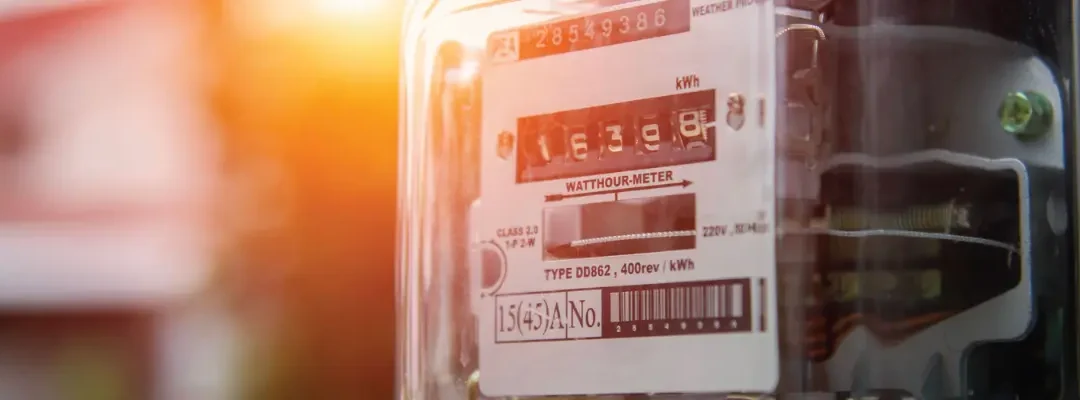Introduction
When a housing society installs a solar plant, it doesn’t use all the generated power at every moment. Sometimes, extra electricity is produced during the day, especially when lifts and pumps are not running. Instead of letting this power go to waste, net metering allows societies to send it back to the grid and earn credits.
For housing societies, net metering is the key to maximizing savings from rooftop solar. In this blog, we explain in simple terms:
- What net metering is
- The step-by-step process to get it
- How much savings it brings
- Common challenges and solutions
What is Net Metering?
Net metering is a system where the electricity meter records both import and export of power:
- When your solar plant produces more power than the society uses, the extra units go to the grid.
- When your society needs more power than solar generates (e.g., at night), electricity comes from the grid.
- At the end of the billing cycle, the DISCOM adjusts the difference.
This means societies only pay for the net electricity consumed, which greatly reduces monthly bills. By Adopting Solar for Housing Societies with net metering ensures that every unit of green energy is efficiently utilized instead of going to waste.
Step-by-Step Net Metering Process for Housing Societies
Step 1: RWA Approval
- The society passes a resolution in the AGM to adopt solar and apply for net metering.
Step 2: Application to DISCOM
- Submit the application through the state’s solar/net metering portal.
- Required documents: society registration certificate, AGM resolution, load details, technical proposal.
Step 3: Technical Feasibility Approval (TFA)
- DISCOM checks rooftop space, safety standards, and system design before approving capacity.
Step 4: Installation of Solar Plant
- The EPC partner installs solar panels, inverters, and safety equipment as per approved design.
Step 5: DISCOM Inspection & Net Meter Installation
- DISCOM officials inspect the setup.
- A bi-directional net meter is installed to track import/export units.
Step 6: Commissioning & Billing Adjustment
- The solar system is commissioned.
- From the next billing cycle, the society’s electricity bill reflects net consumption after adjusting exported units.
How Net Metering Helps Housing Societies Save
Let’s take an example of a 100 kW solar system:
- Monthly generation: ~12,000 units
- Society’s consumption: 10,000 units
- Extra power exported: 2,000 units
- At ₹8/unit tariff, that’s ₹16,000 worth of credits adjusted in the next bill.
Over a year, this can reduce society’s electricity bill by ₹1.5–2 lakhs more compared to a system without net metering.
Challenges in Net Metering for Housing Societies
- Approval Delays
- DISCOM approvals and inspections often take weeks or months.
- Capacity Limits
- Some states limit the maximum solar capacity to a percentage of the sanctioned load.
- Metering Errors
- Incorrect readings or faulty meters may lead to billing disputes.
- Complex Paperwork
- RWA resolutions, technical drawings, and multiple approvals confuse societies.
How to Overcome These Challenges
- Work with a DISCOM-empaneled EPC partner who knows the approval process.
- Start the application early to avoid delays.
- Use high-quality metering equipment and keep backup documentation.
- Get professional help with paperwork and follow-ups.

